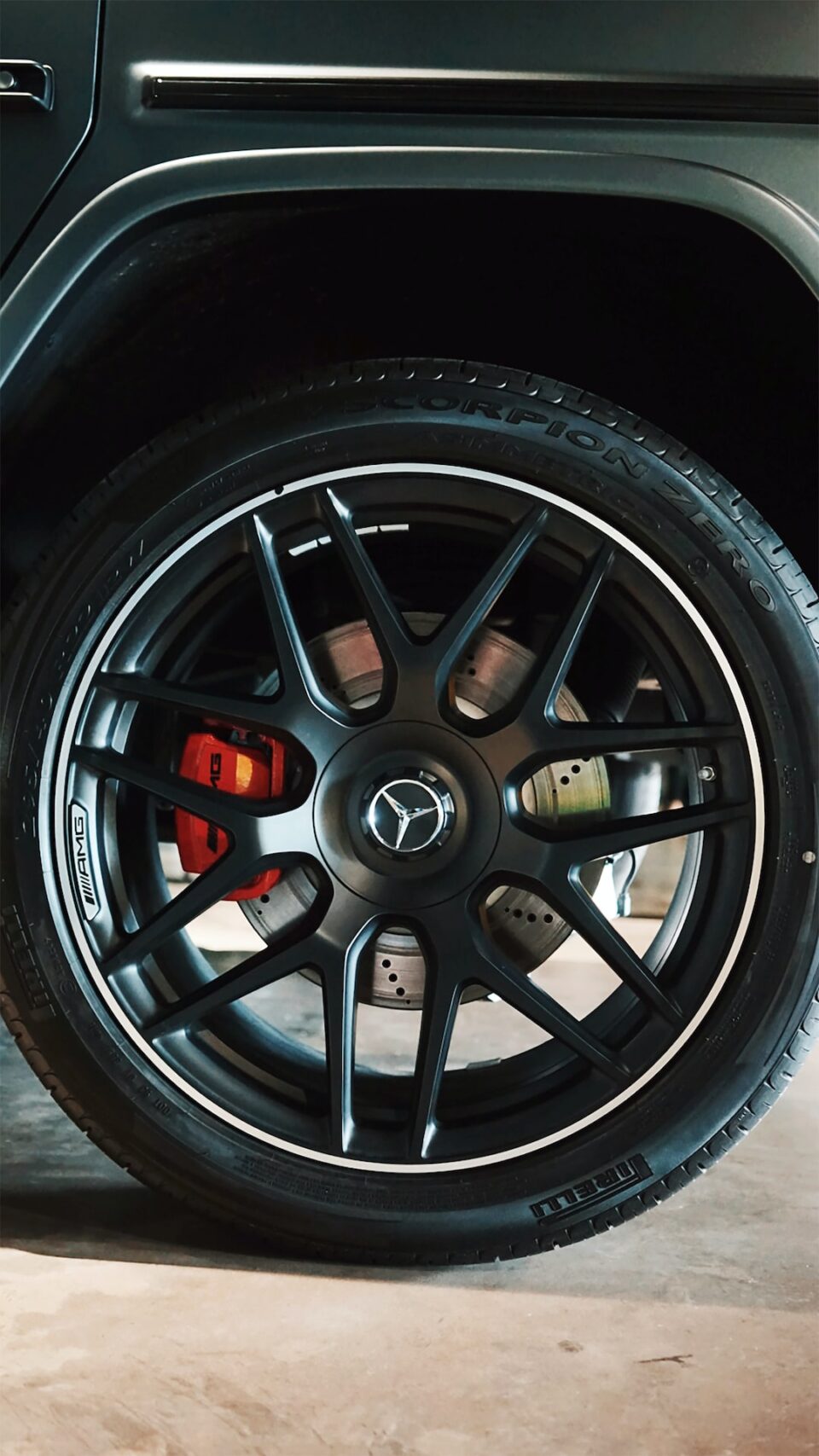The Intricate Process of Designing a New Car Model
The automotive industry is constantly evolving, with new models hitting the market every year. But have you ever wondered about the intricate process behind designing a new car model? From the initial concept to the final production, designing a car involves a meticulous and complex series of steps that ultimately result in the creation of a vehicle loved by millions around the world. In this blog post, we will explore the various stages involved in the design process of a new car model.
Ideation and Concept Development
The journey of designing a new car begins with ideation and concept development. Here, designers brainstorm ideas and sketch rough concepts to explore various possibilities and directions for the new vehicle. Sketches might range from simple drawings to more detailed renderings, giving shape to the visions brewing in the minds of the designers. During this stage, the design team also considers market trends and customer preferences to ensure the car aligns with the target audience’s interests while still maintaining the brand’s identity.
Clay Modeling
Once the basic concept is established, the design team moves on to clay modeling. Clay modeling is an art form that allows designers to explore and refine the car’s shape and proportions in a three-dimensional form. Clay models provide a more tactile experience compared to sketches and help designers assess the vehicle’s dimensions, curves, and proportions from different angles. The process involves sculpting and manipulating the clay until the desired design is achieved, allowing designers to make precise adjustments in real-time.
Digital Modeling and Rendering
As the clay model takes shape, the next step involves translating this physical form into the digital world. Using computer-aided design (CAD) software, designers create a digital 3D model of the car. This digital model provides a more detailed representation of the car’s design, allowing designers to make further modifications and refine the vehicle’s aesthetics. Renderings and visualizations are then generated to showcase the car’s exterior and interior, helping the design team evaluate the overall look and feel of the vehicle.
Engineering and Technical Development
While the design team focuses on the styling and aesthetics of the car, engineering and technical development teams work in parallel to ensure the vehicle’s functionality and performance. This stage involves extensive testing and analysis to ensure that the car meets safety standards, aerodynamic efficiency, durability, and fuel efficiency requirements. Engineers work closely with designers to integrate the technical aspects seamlessly into the design, without compromising on visual appeal.
Prototyping and Testing
With the digital model and technical specifications finalized, the next step is to create a physical prototype of the car. Prototyping involves transforming the digital design into a tangible form, often referred to as a “mule.” This prototype car allows designers and engineers to test various aspects, such as drivability, ergonomics, and overall functionality. Test drives, wind tunnel evaluations, and rigorous quality testing help identify any shortcomings and areas that require improvement.
Production and Assembly
Once the design and functional aspects are deemed satisfactory, the car model moves into the production phase. At this stage, the design is translated into actual parts and components by manufacturers. Mass production methods are employed to produce the required quantity of vehicles. The assembly line comes alive, where workers meticulously put together each part to create the final product. Quality control measures are implemented to ensure that the vehicles meet the designated standards before they roll off the production floor.
Marketing and Launch
Finally, after months, and sometimes years, of hard work, the new car model is ready to be unveiled to the world. An extensive marketing campaign is launched to create awareness and generate excitement among potential customers. The vehicle is showcased at auto shows, press events, and dealerships, giving people the opportunity to see it up close and personal. During this stage, feedback is collected, and modifications might be made based on the market response before the vehicle is made available for purchase.
In conclusion, designing a new car model is an intricate and complex process that requires a delicate balance between aesthetics, functionality, and market demands. From ideation and concept development to production and launch, each stage plays a crucial role in creating a vehicle that not only meets the needs of consumers but also captures their imagination. The next time you see a new car on the road, take a moment to appreciate the countless hours of creativity, innovation, and hard work that went into bringing that vehicle to life.

